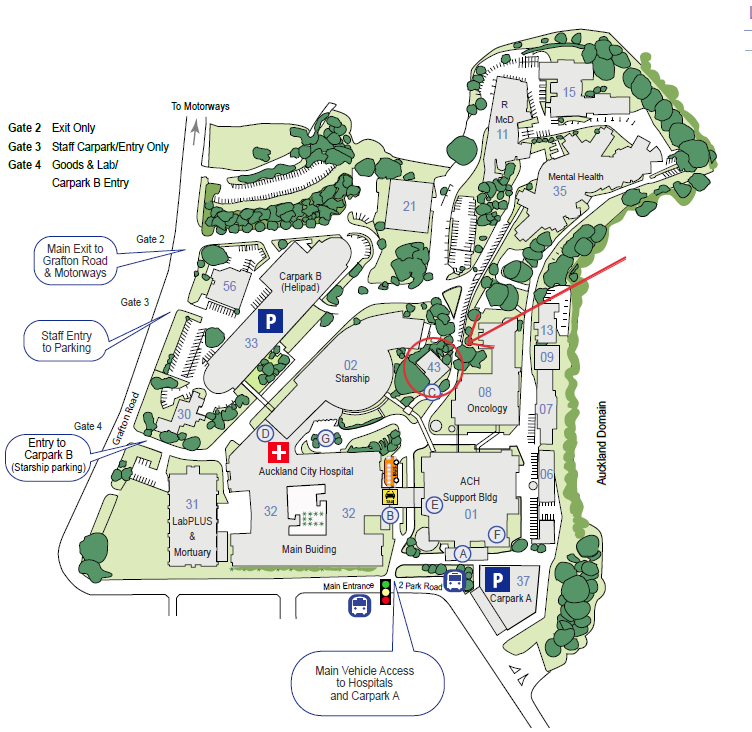Title
Dr PhilsonPresented by
Iain WakefieldAbstract
Dr Iain Wakefield – an historical perspective
Iain was born in Edinburgh and educated in Wimbledon, London.
He attended The Westminster Medical School and qualified in 1979.
After a series of hospital jobs in and around Leeds and in and around Edinburgh, he worked for four years on Guernsey in the Channel Islands. He then moved to the Antipodes, to Brisbane and later to an academic position in Auckland.
He started his own general practice in Drury in 1994, and retired just before the COVID pandemic.
He has always had a fascination with history, dating from an inspiring teacher at prep. school, and recently he has been able to resume research into and publication of different aspects of local, national and international history.
He has been writing a biography of General Sir Duncan Alexander Cameron over the last eight years or so.
Iain's presentation is a development of his 2023 AMHS presentation on one of the earliest and most significant doctors in Auckland during the second half of the nineteenth century.Iain is expanding a recent short AMHS presentation on Dr Thomas Moore Philson, one of the founding fathers of medicine in Auckland.
Title
Versalius-The origin of modern anatomyPresented by
Ali MirjaliliAbstract
The field of modern human anatomy owes much of its development to the pioneering work of Andreas Vesalius, whose groundbreaking contributions in the 16th century laid the foundation for contemporary anatomical study. This talk first examines the historical and scientific significance of Vesalius' work, with particular focus on his seminal text De humani corporis fabrica (1543) and its Epitome (1543). By challenging centuries of traditional anatomical teachings and promoting direct dissection and observation, Vesalius revolutionised the understanding of human anatomy. His meticulous illustrations, coupled with a rigorous scientific approach, marked a departure from the medieval reliance on ancient texts, such as those of Galen, and initiated a shift toward empirical, evidence-based medical practice. This talk also explores the influence of Vesalius' innovations on the evolution of anatomical education, the scientific method, and the broader medical field, highlighting his role in the transition from theoretical to practical knowledge in the anatomy of the human body. The presenter further challenges the notion that anatomy is a "dead" subject by exploring its ongoing significance in the development of modern imaging technologies, as well as minimally invasive and robotic surgery
Biographic details
Associate Professor Ali Mirjalili is the Chair of Anatomy at RACs. He has authored several textbooks, such as Gray's Anatomy and Last's Anatomy. Ali is a medically qualified clinical anatomist with an interest in using modern imaging in his research. He is also focused on understanding the functional anatomy of the lymphatic system, including pressure and flow in lymphatic vessels.



